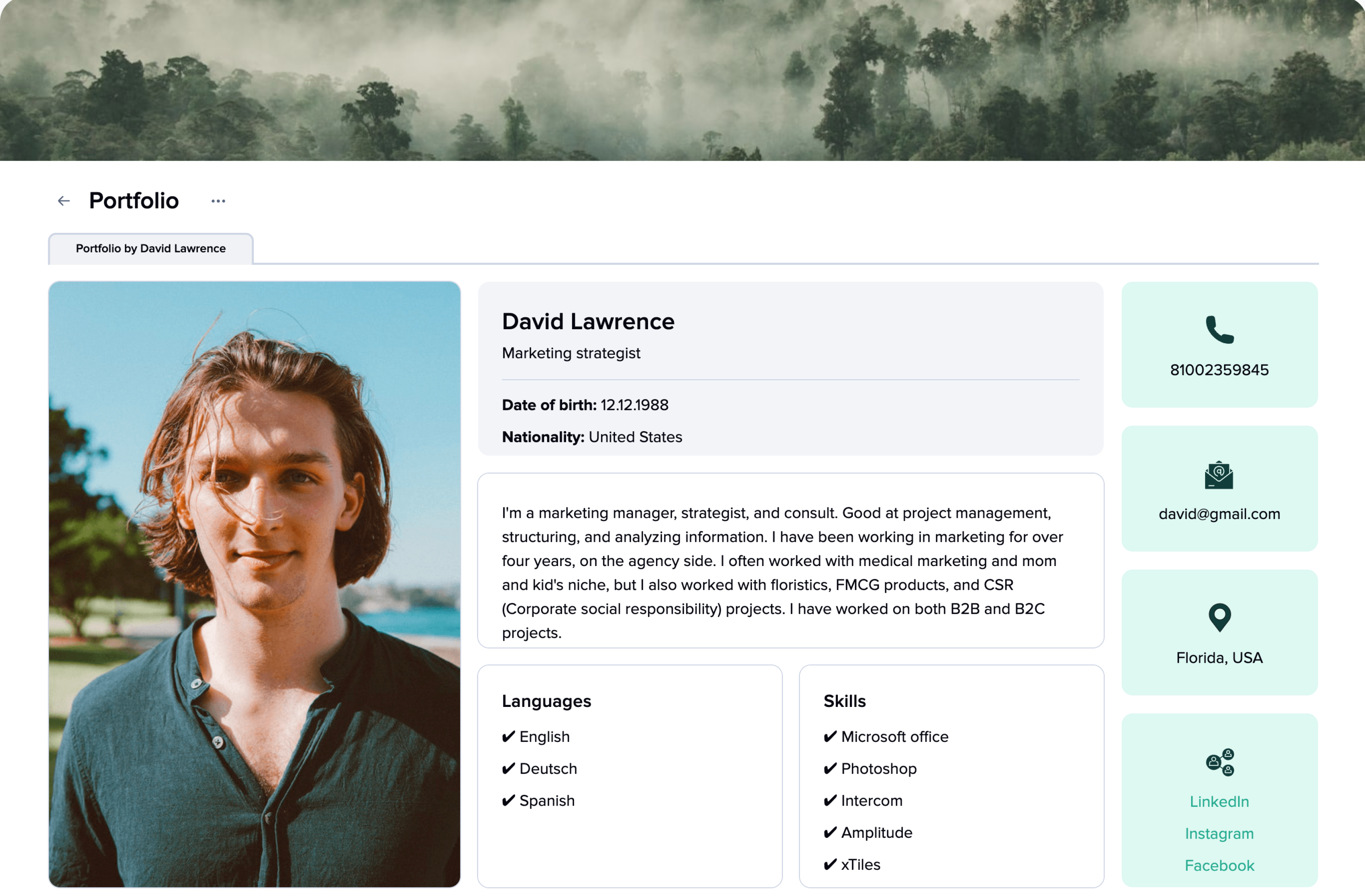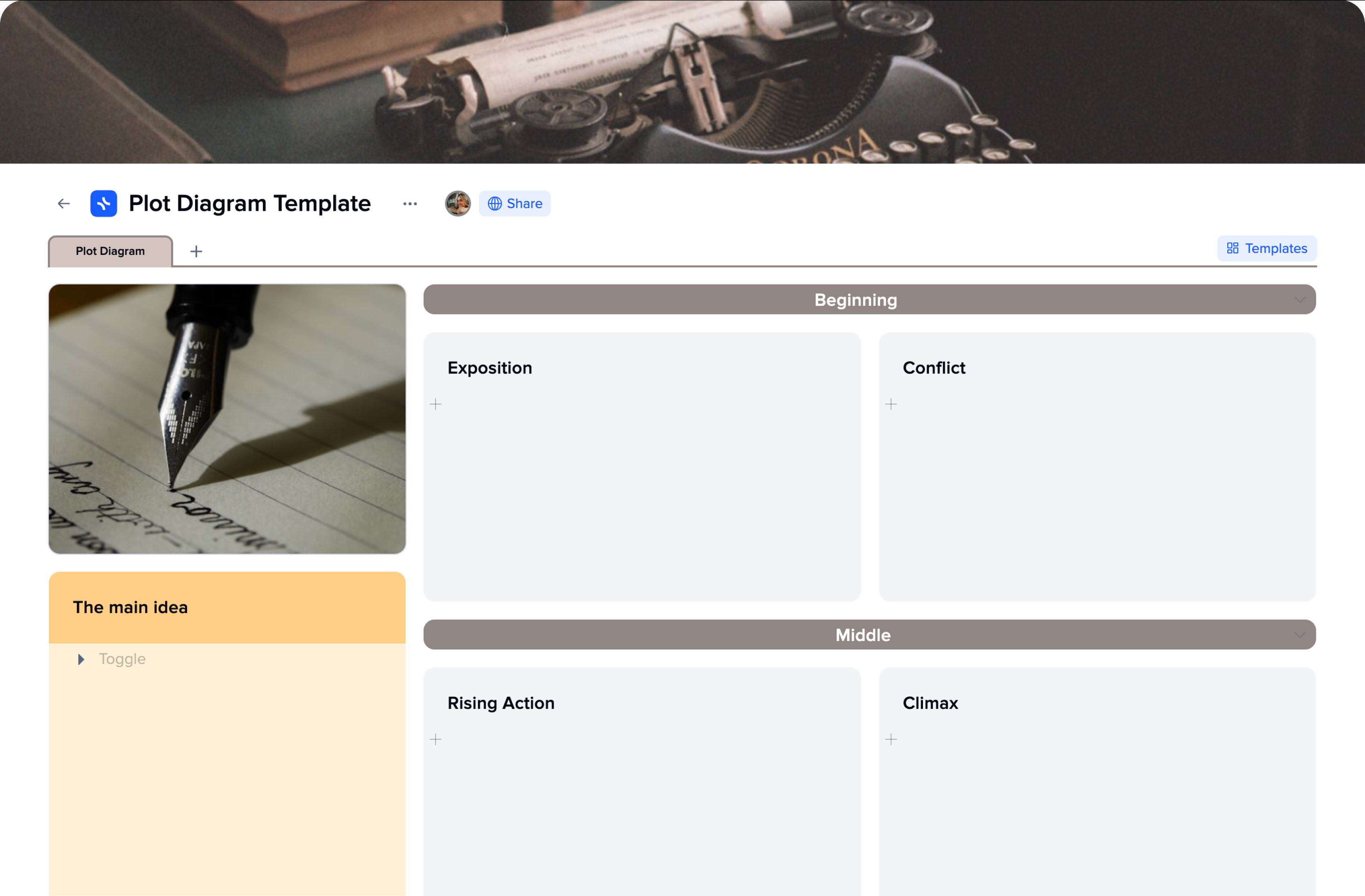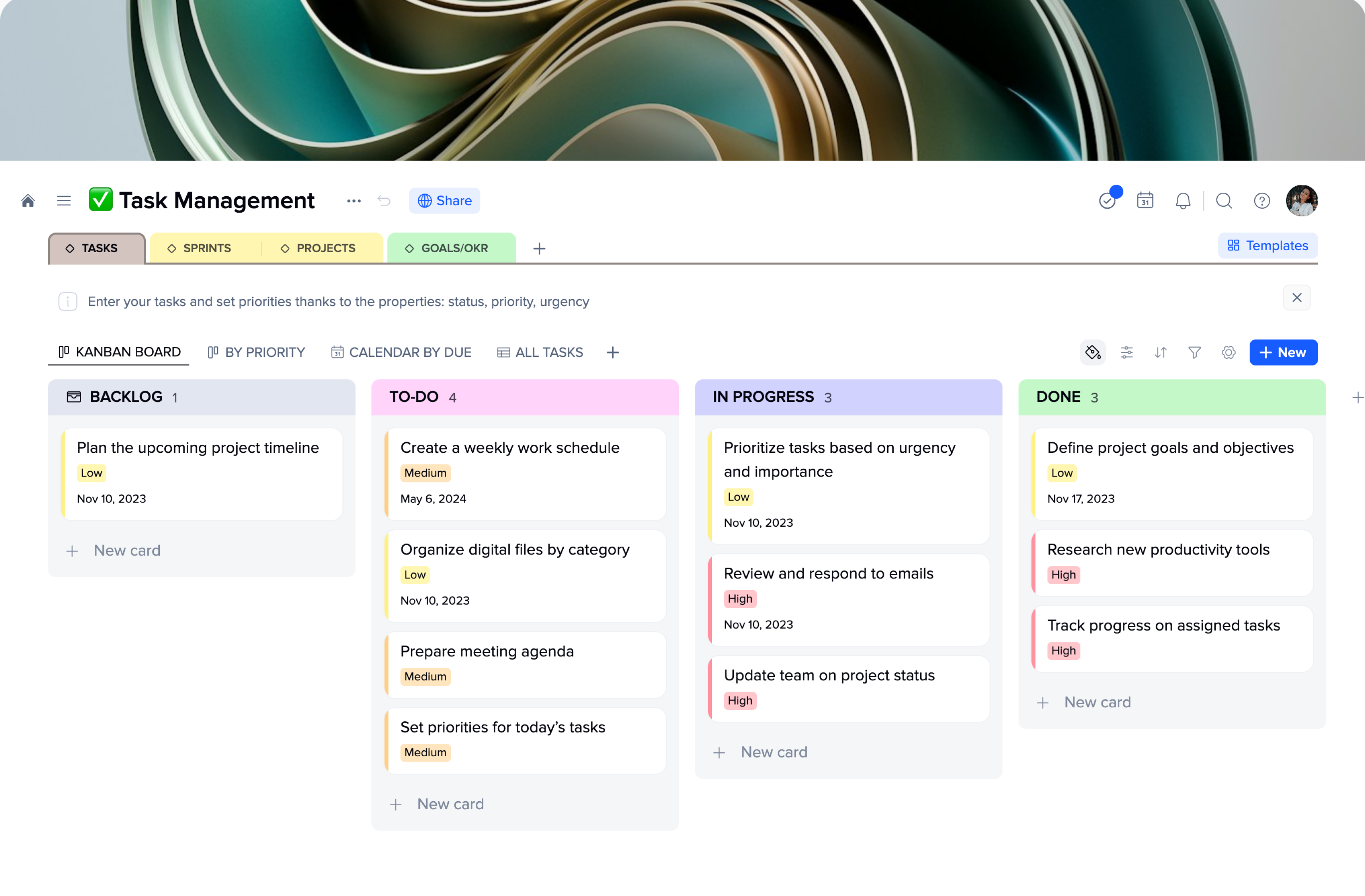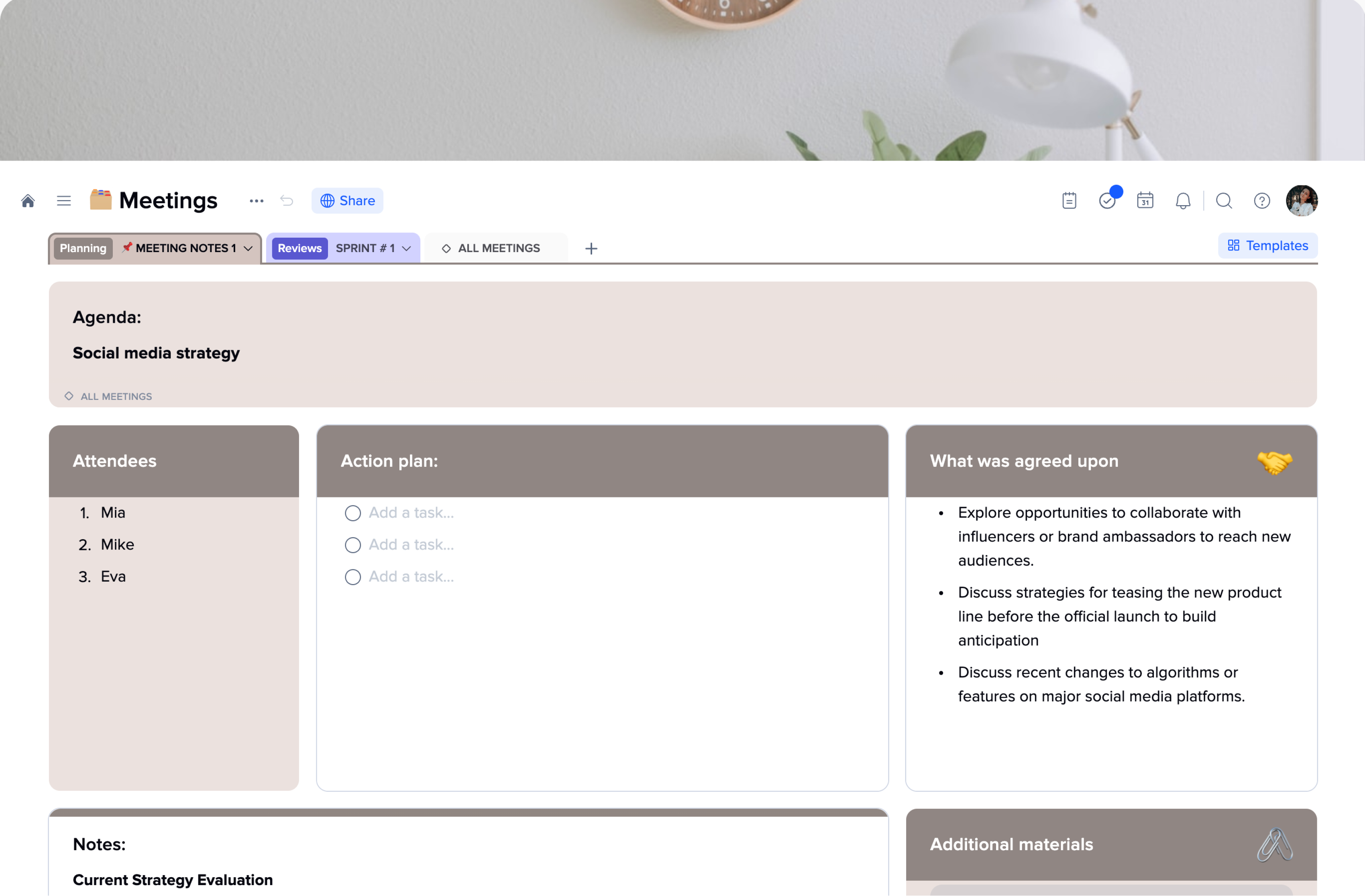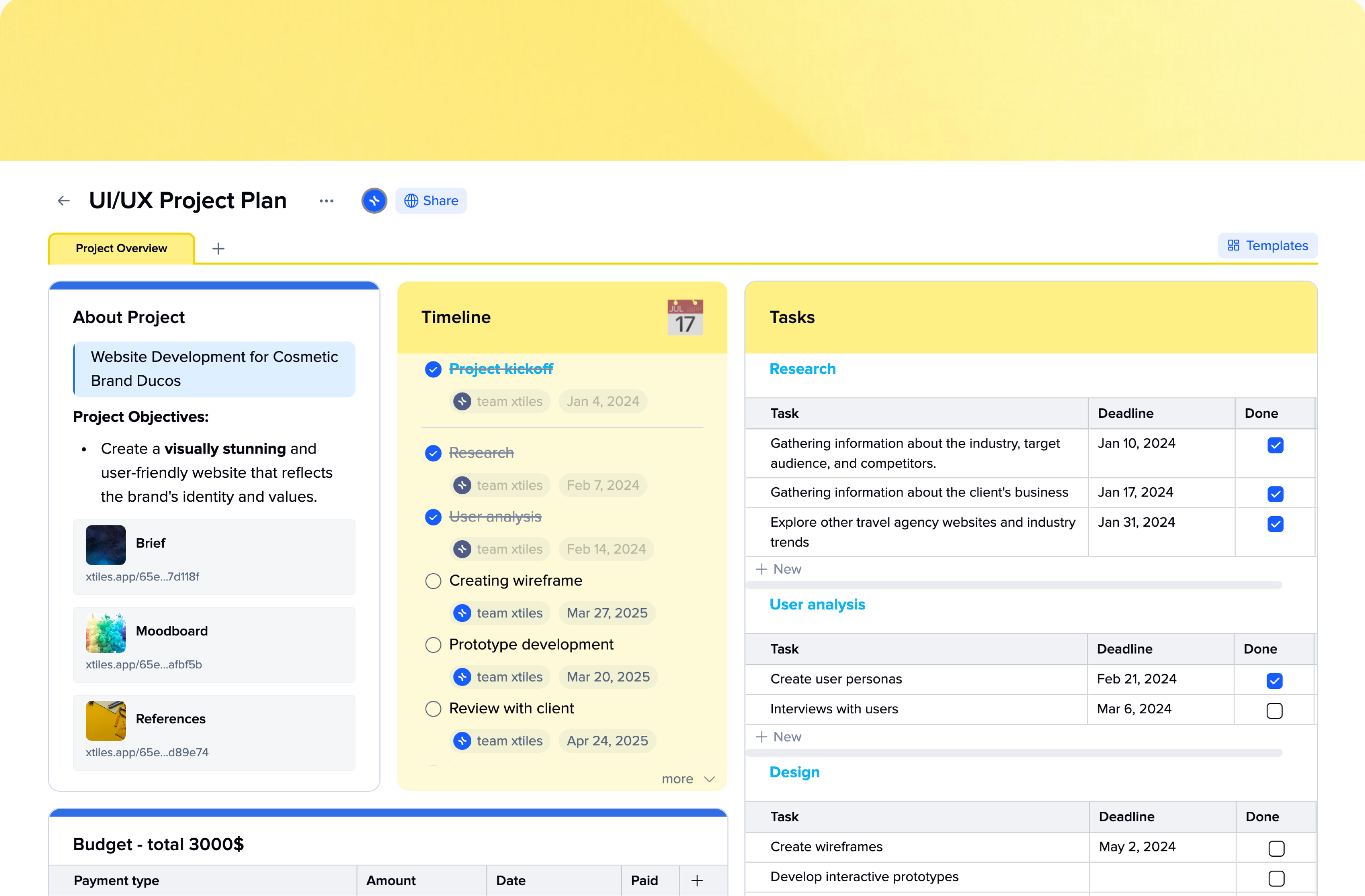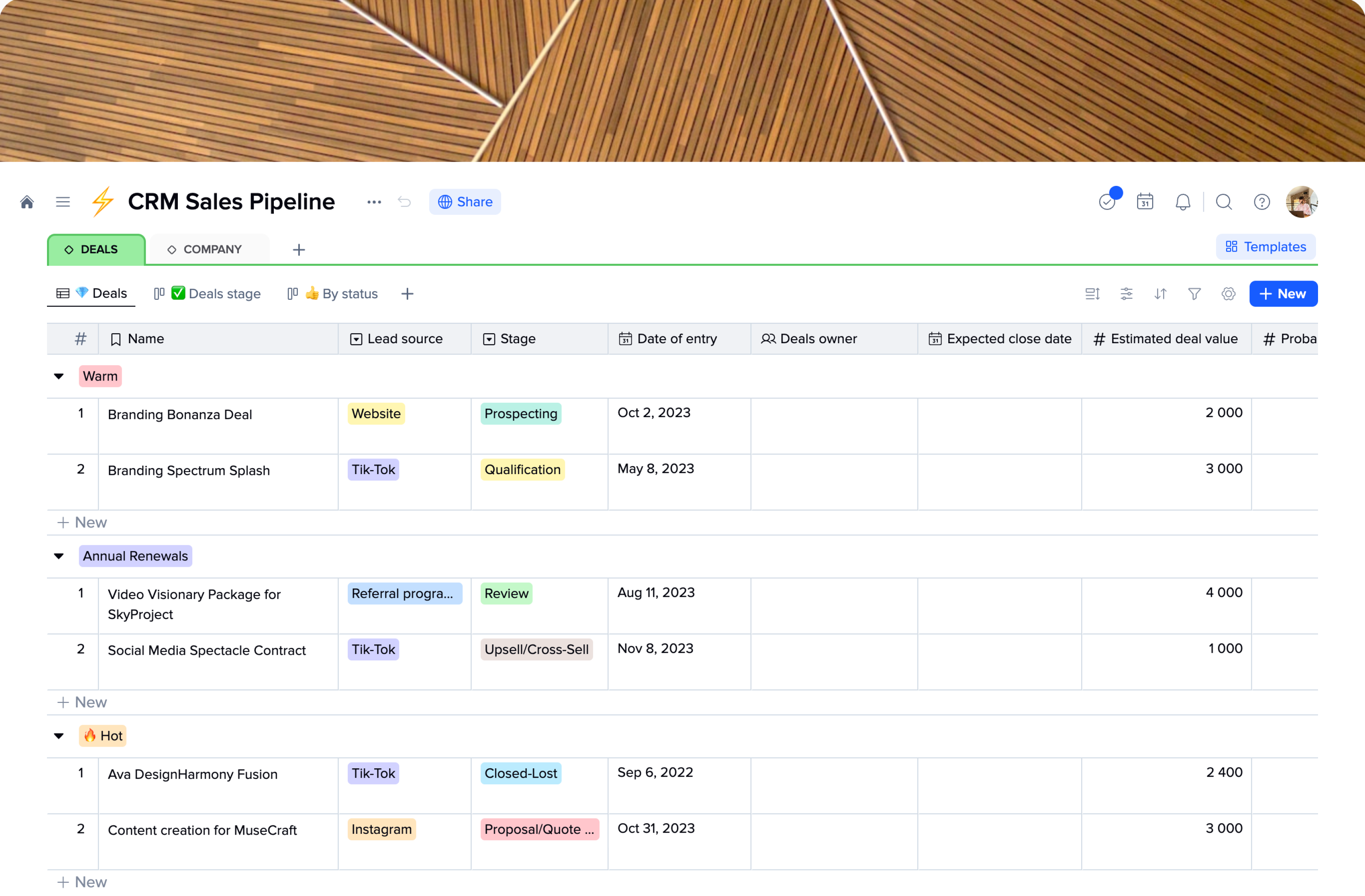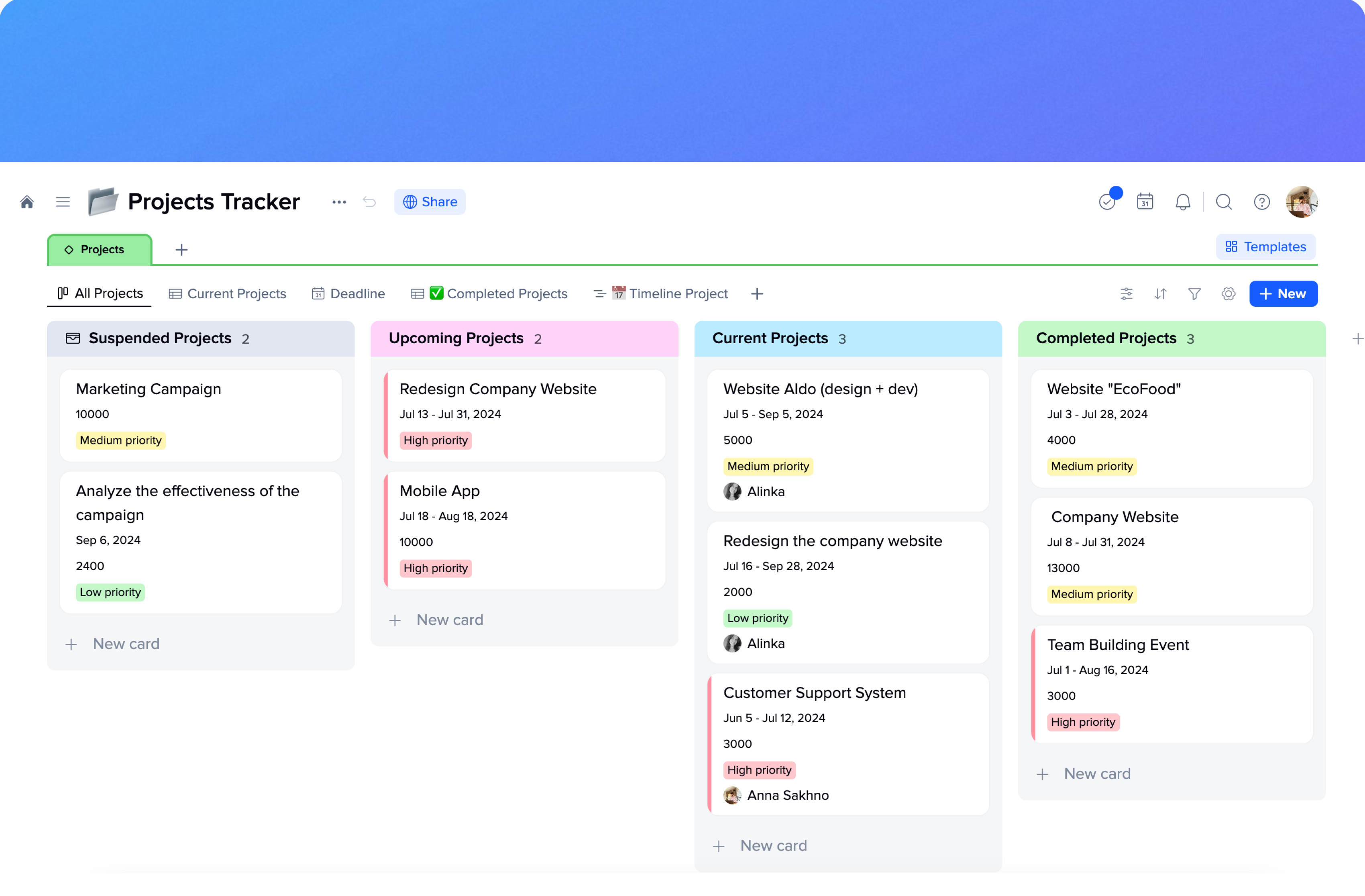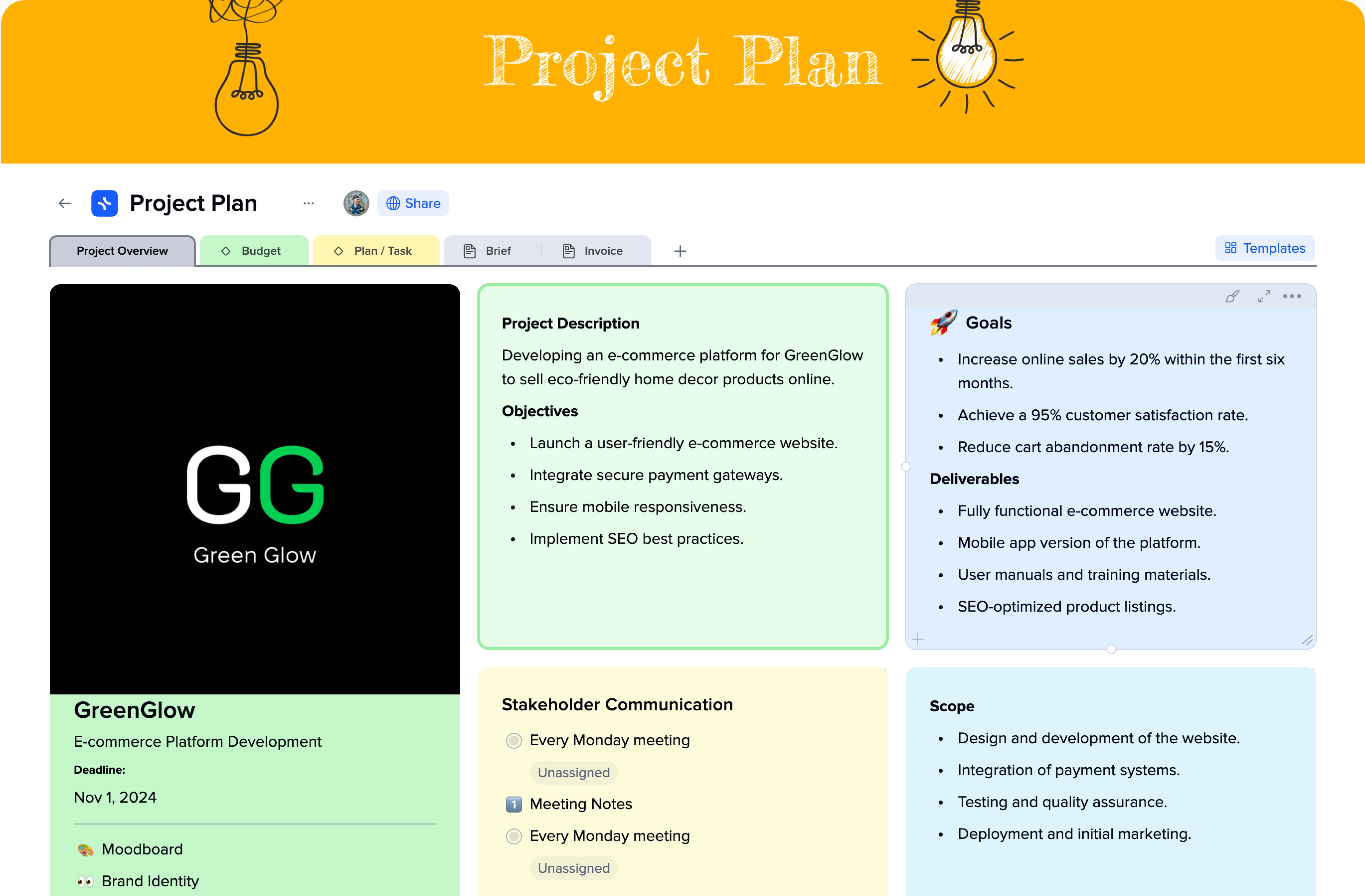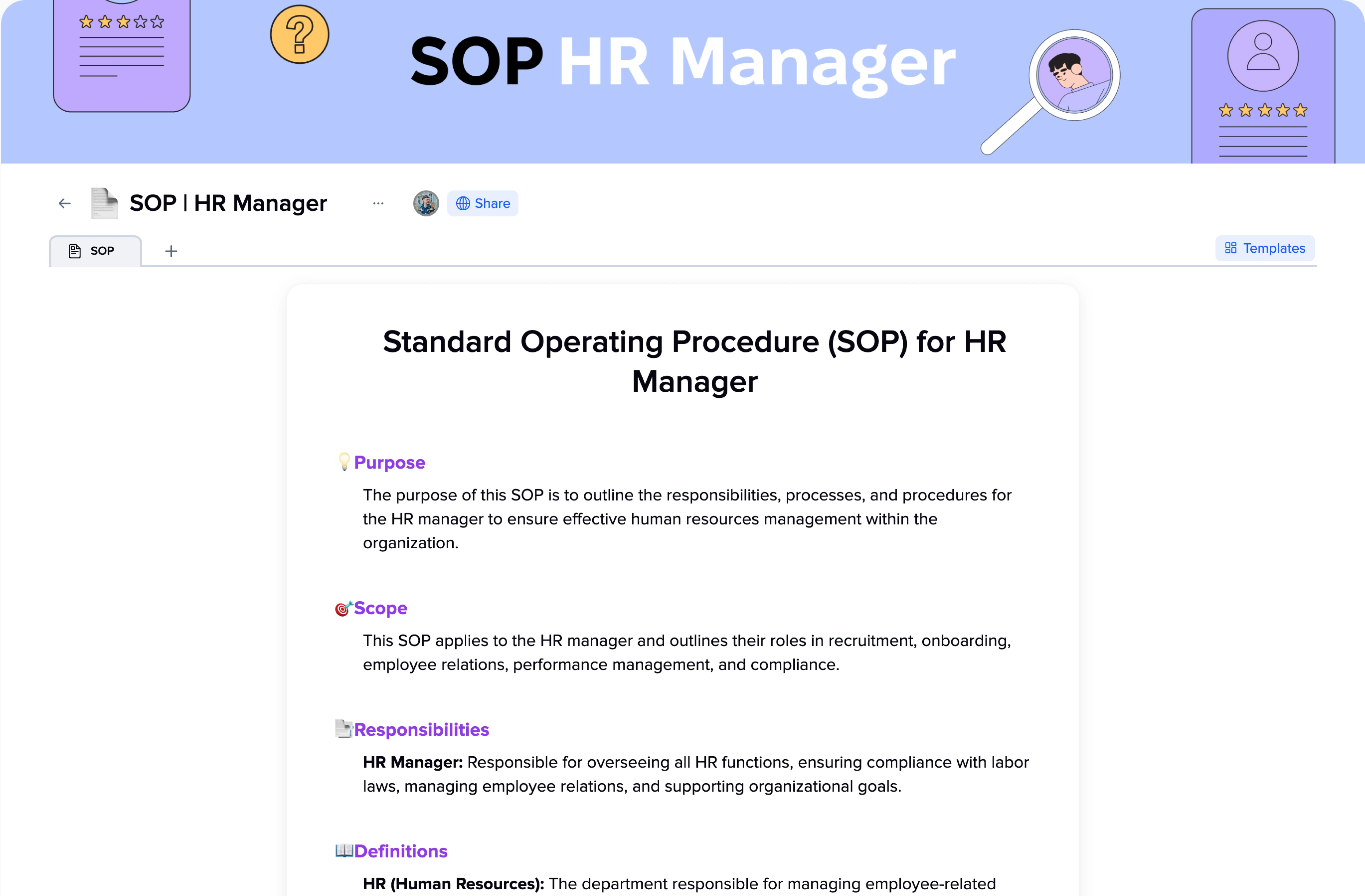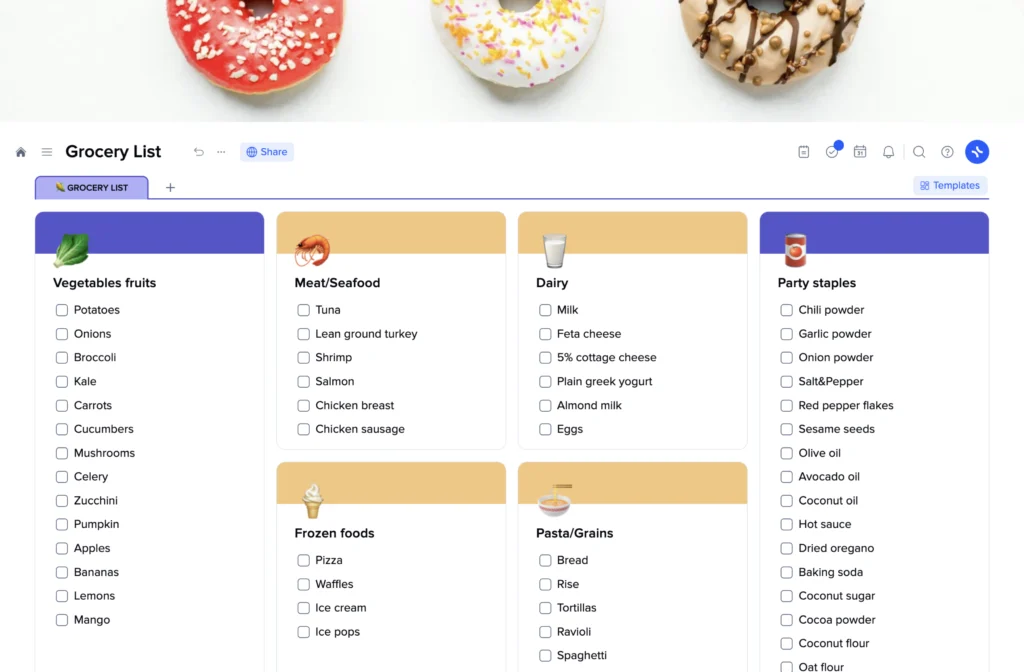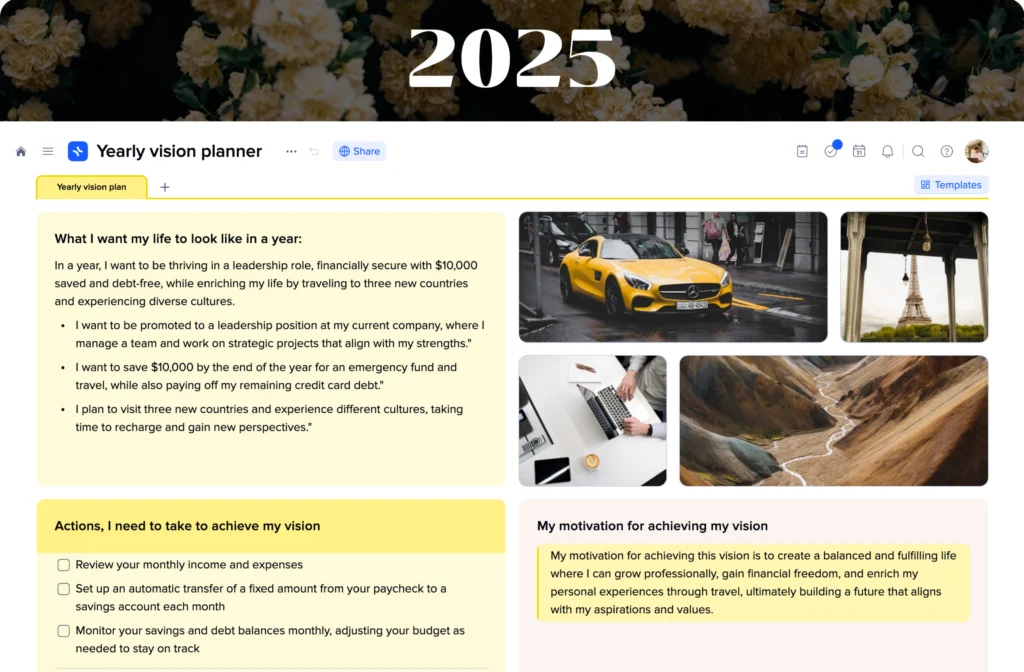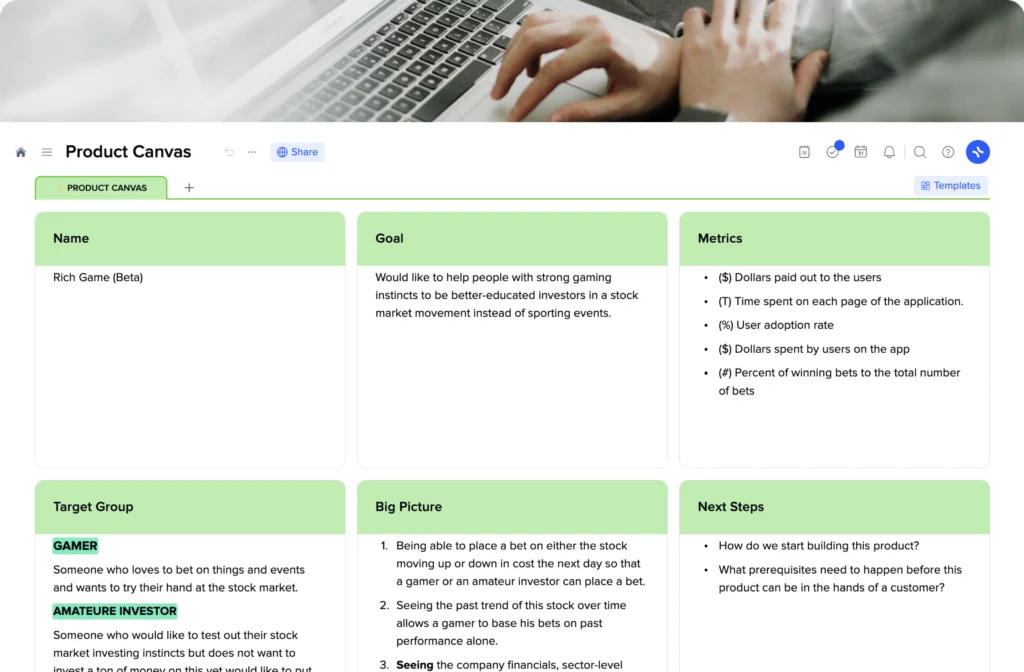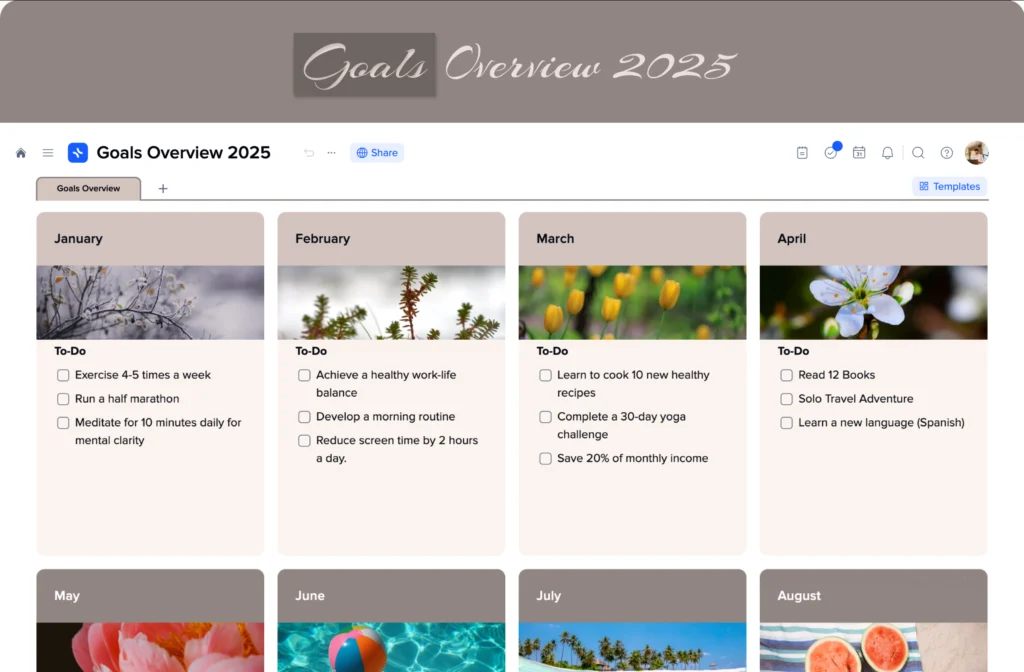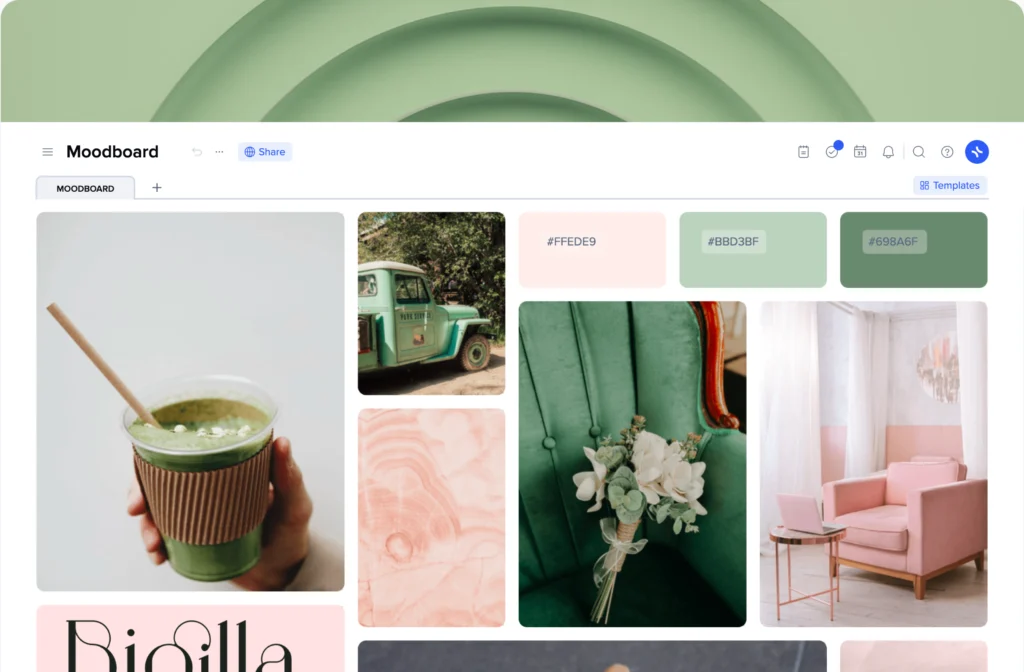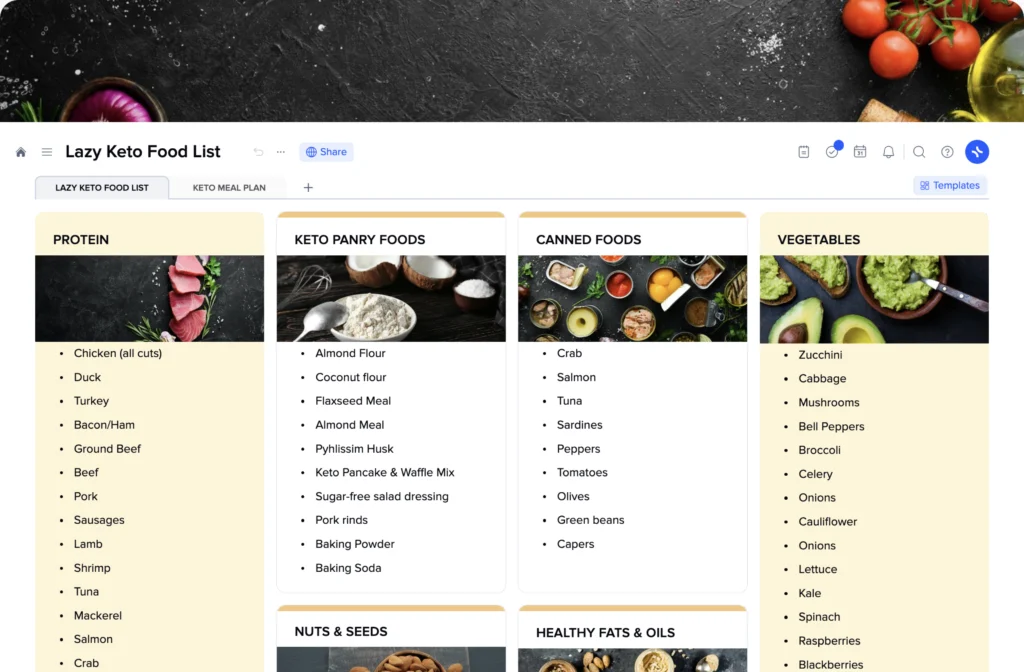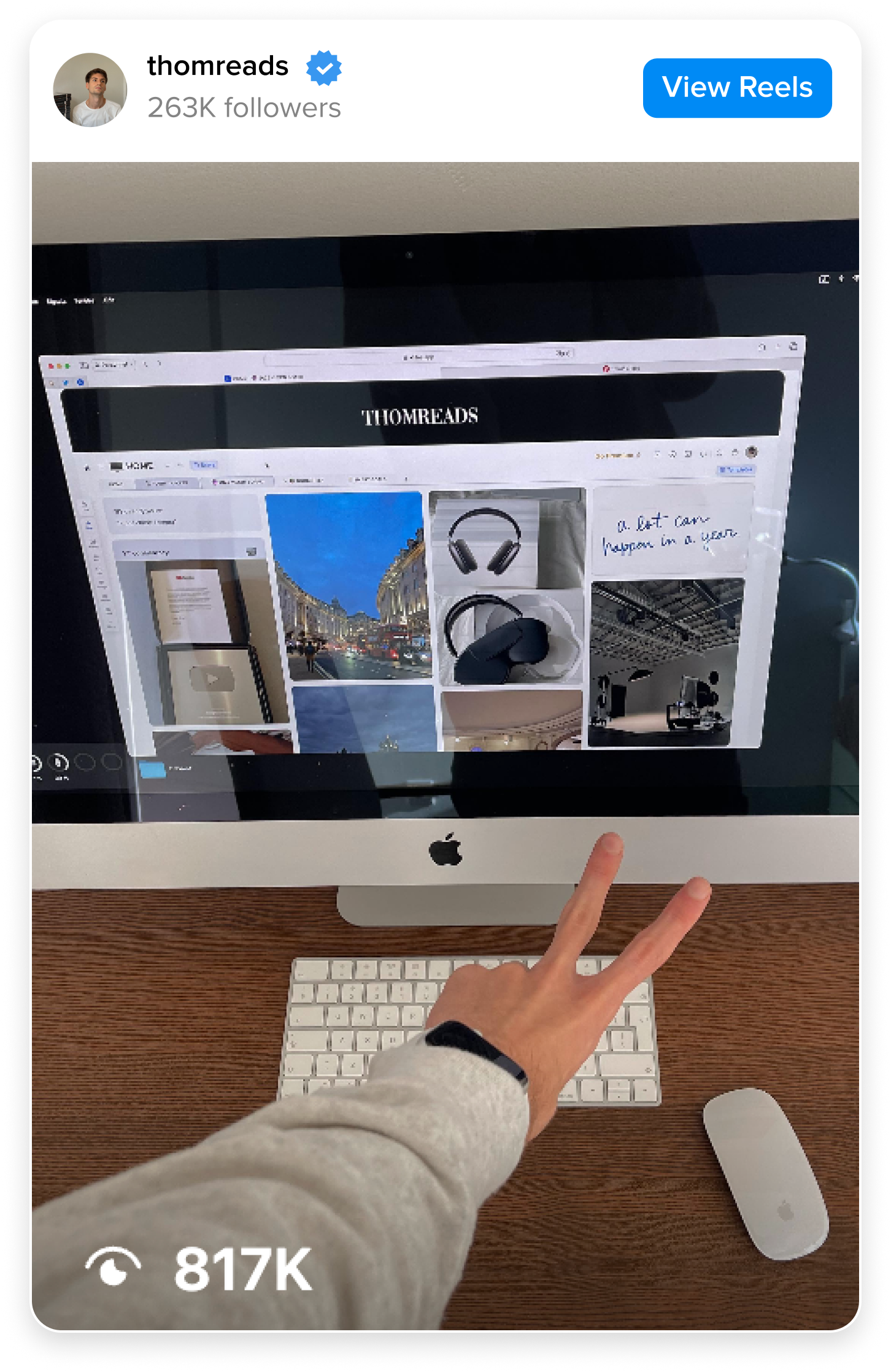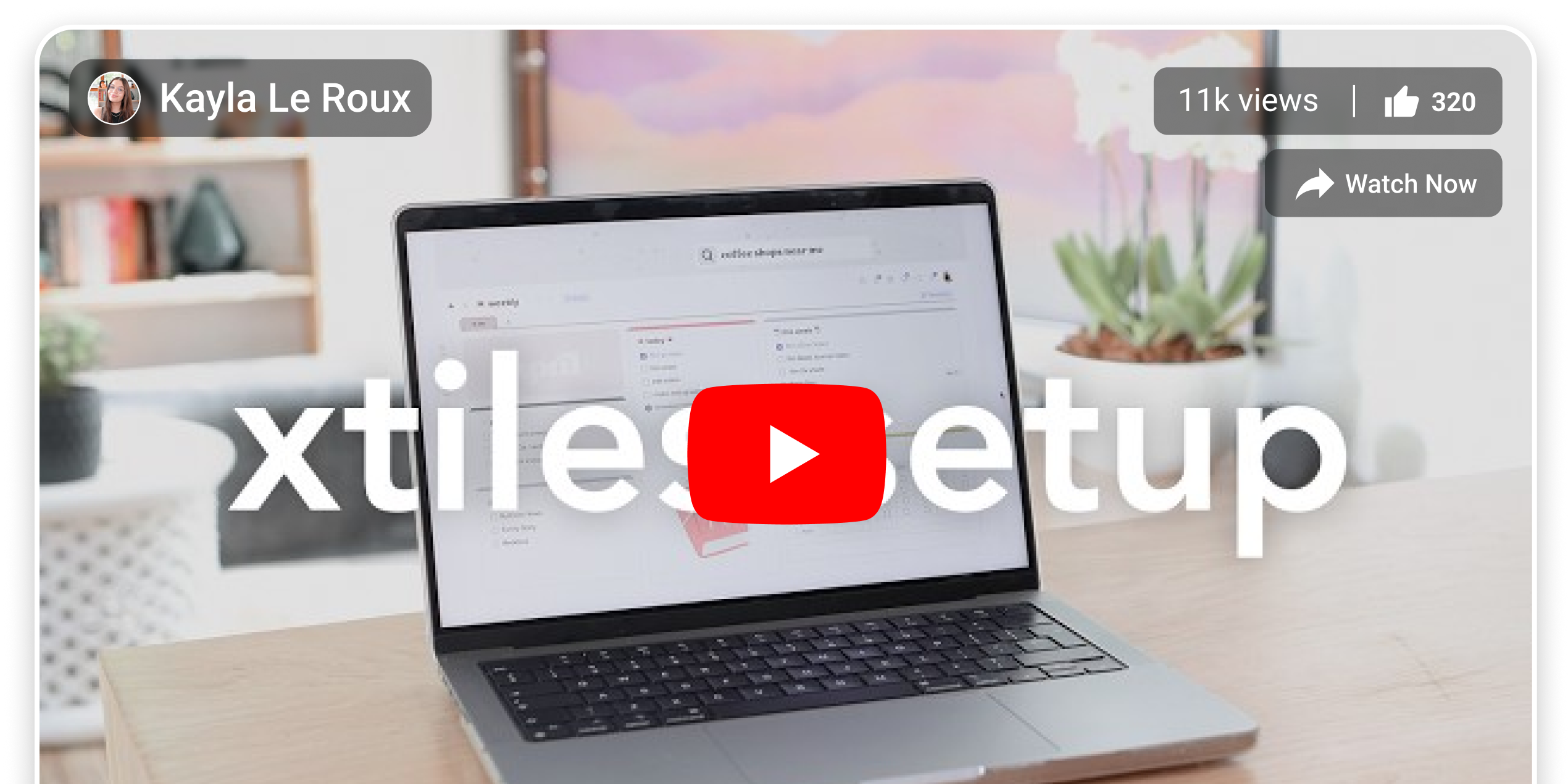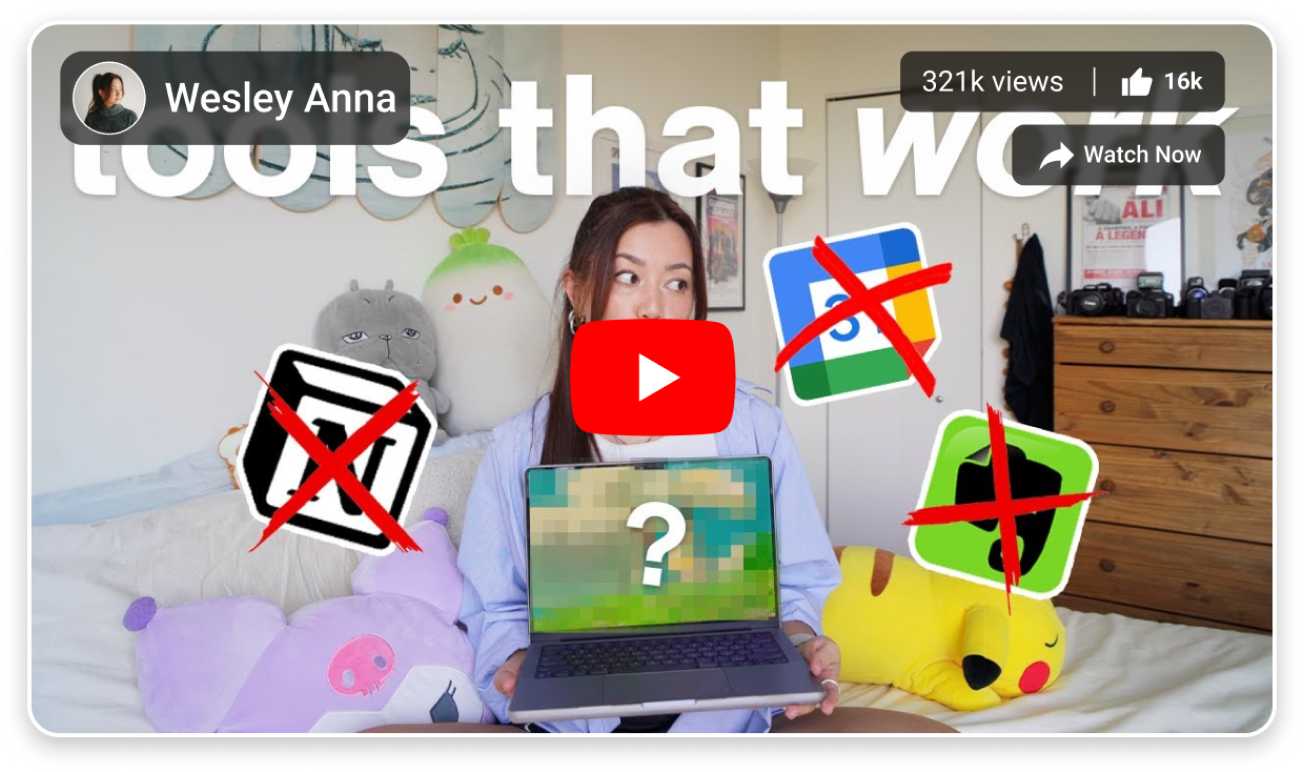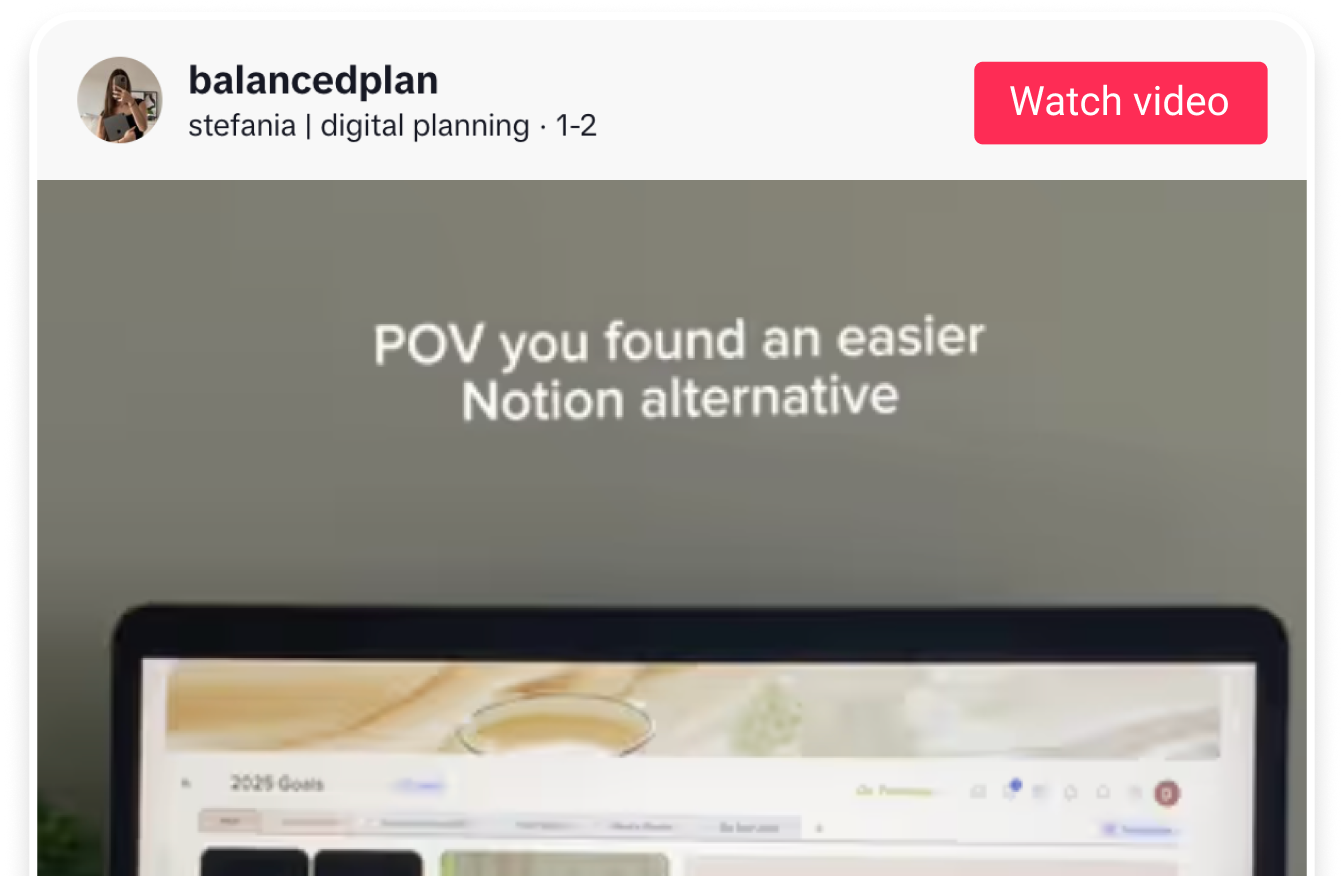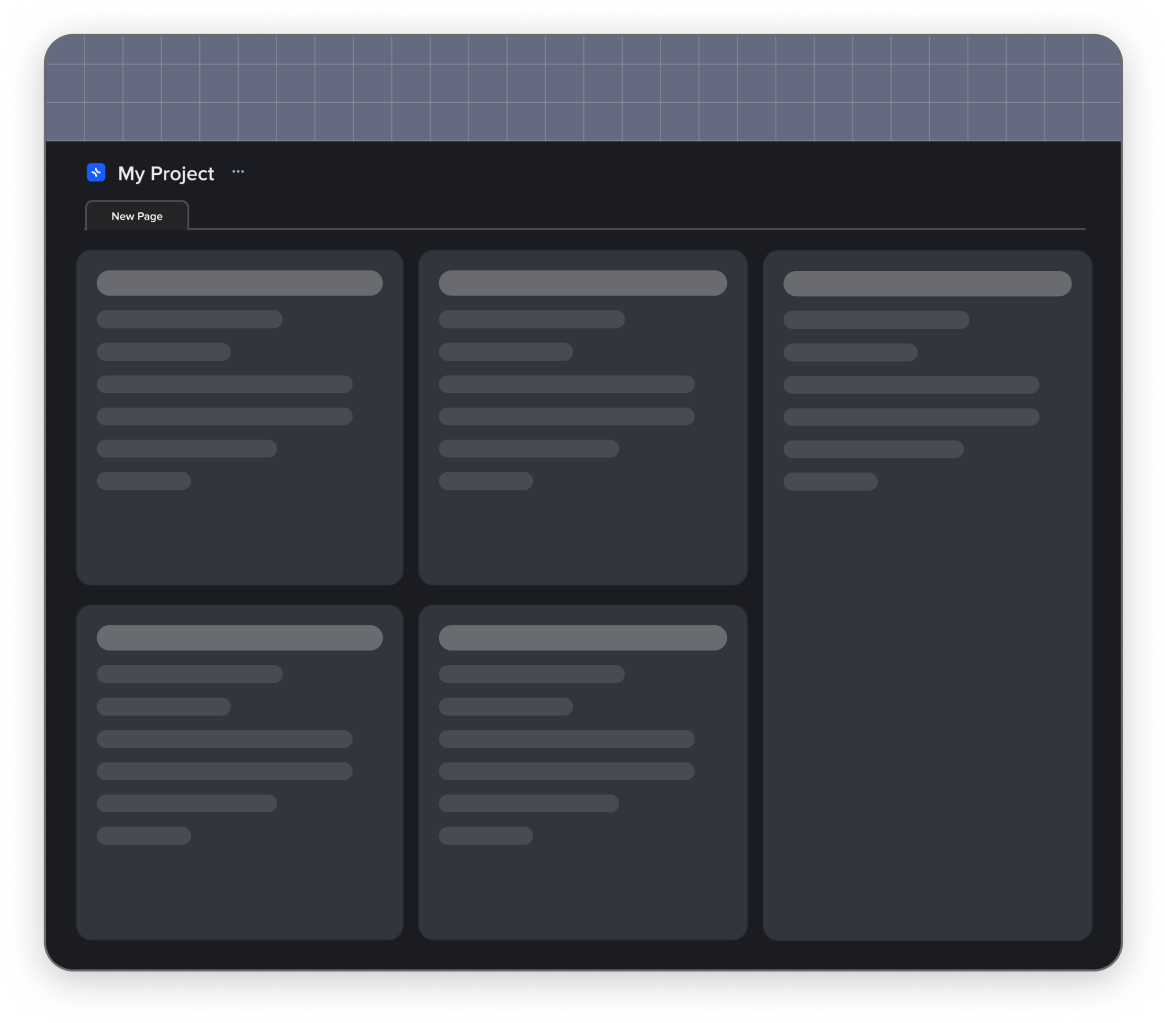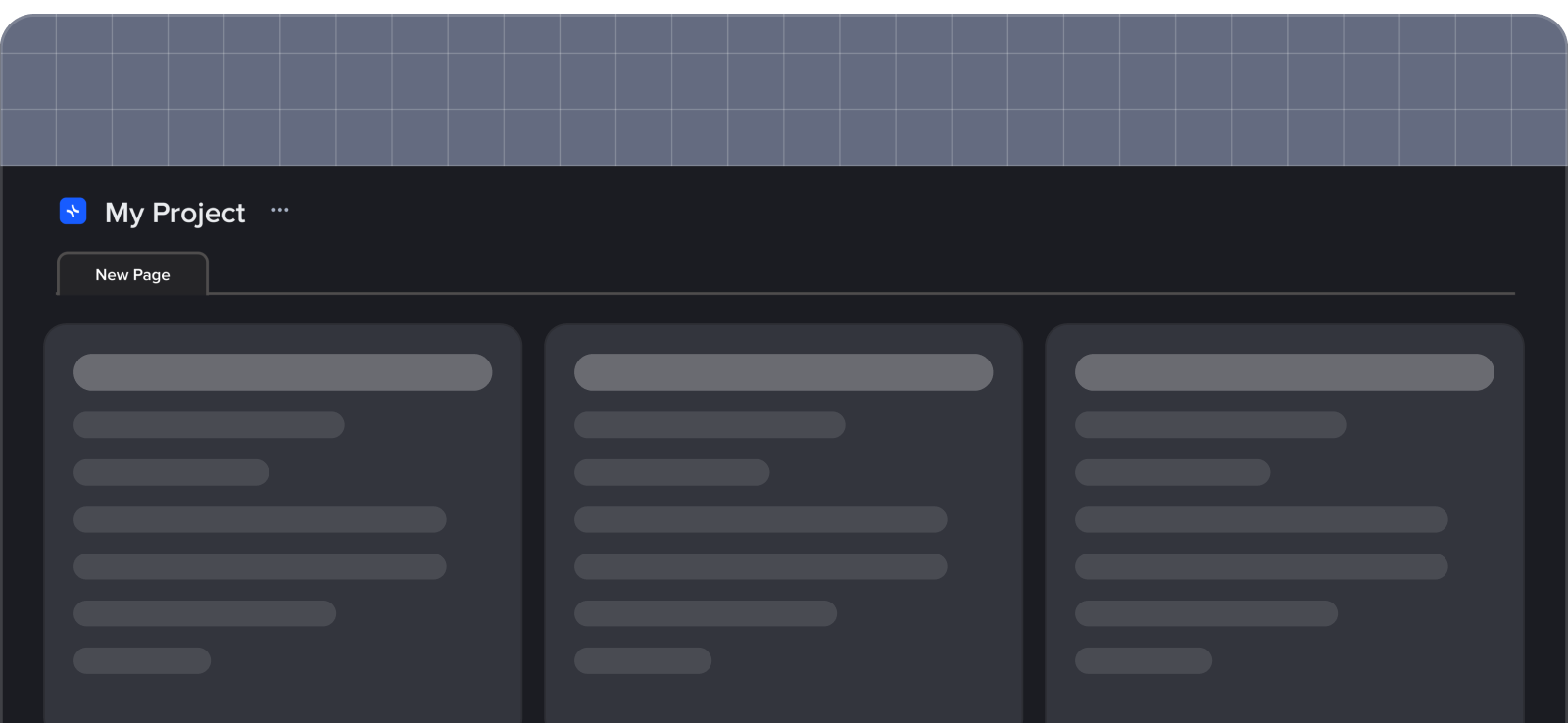How to create a graphic designer portfolio using the xTiles Portfolio layout template
When creating an effective portfolio, you need to remember many details and use all the available options to reach your goal. Here are some tips and tricks to hasten and ease the process, especially if it’s your first time.
1) Decide for whom you’re creating your portfolio.
Surely, you do it for yourself in the first place. However, you need to keep in mind that you and the people who will check it have slightly different goals. So, are you looking for an employer or clients? What type of work do you want to get?
Understanding who you are creating it for will help you tailor your portfolio to their needs and show you and your skills from the needed angle.
You may even make a few different portfolios depending on the kind of job or project you’re hoping to get and use them according to available positions and offers.
For example, if you work in the fashion industry, you may have a fashion design portfolio layout and a costume design portfolio layout based on your previous experiences. That will help show your potential client or employer that you match their needs perfectly.
2) Provide them with some information about yourself.
A basic portfolio page layout should start with your name, phone number, email, position you are applying for, skills, etc. Don’t overwhelm a recruiter or your potential client with your previous work.
Sometimes, people in charge of hiring new personnel may lack design knowledge. That’s why you need to attract them with structured and easy-to-grasp information about yourself. In other words, start with what everyone understands to make them go to see what you can.
We already prepared these sections. All you need to do is to add your data and your photo.
3) Choose your best work.
Sometimes people choose to show everything they have in chronological order, which is bad, especially if you have a couple of years of experience. People might not go over everything simply because they don’t have enough time.
Start with something powerful. Let the work you believe to be your magnum opus so far be the first thing your potential client sees. However, leave something great for the end too. You need to show your expertise, creativity, and versatility as a designer.
It’s important to remember that people who are looking for an employee don’t need to see your growth as an artist. That’s rather a topic for your personal blog or discussions with your fellow designers. But if it’s very important for you, you may talk about it in the interview. However, you need to get one first.
4) Don’t be afraid to add self-initiated work.
Many people consider their self-initiated work only a hobby that may not interest their potential clients or employer. However, how you implement your own creative impulses is important for better understanding you as an artist. You may create your own vision of some popular art concept of advertisement just to represent your individual voice.
Many employers don’t add this requirement to a job advertisement, yet it doesn’t mean they don’t want to see your self-initiated work. Just remember tip #3 and choose your best work.
5) Don’t put all of your cards on the table in your portfolio.
Your portfolio should convince people to have a meeting with you to discuss your previous projects in detail. Make them want more, and leave for yourself a couple of aces up in your sleeve.
You need to find a perfect combo between what you want to show people and what you would like to save to discuss during the interview.
6) Don’t forget about context.
When presenting your previous works and achievements, don’t forget about adding some context so that people who see your portfolio can understand what was going on in the pieces you chose to showcase. That will help people to understand your design process and how you work.
Information about your previous works is also important for checking whether it was a real project with some recognition and success or a self-initiated work.
Remember that images should talk louder than the text is important. Use images of great quality to present your designs in the best possible light allowing people to see even the tiniest details. Using the xTiles portfolio layout template, you can upload files up to 500 Mb, even in a free version.
When adding descriptions to your units in the template, you may create small blocks near each piece and group them to show their connection.
7) Make it easy to navigate.
If there’s a lot you want to share, don’t turn it into a pile of pieces that are more of a riddle than a representation of what a great worker you are. Organize your work into sections or categories. Add headings if you need to put more clearance. Using the xTiles portfolio layout template, you can create different documents for each of your projects or for separating your previous projects from self-initiated work.
8) Keep it up to date.
Add your new projects to your portfolio regularly, so you won’t need to do it hastily whenever you see a great job ad or get an offer. Also, it may be important to remove something that doesn’t represent you and your style anymore. Maybe you outgrow your first attempts in graphic design, so say “goodbye” to them and replace them with newer work.
Also, ensure your contact information is up to date, so your potential clients or employers can easily contact you.
9) Don’t be afraid to talk about your work.
If the pieces you included in your portfolio are those you’re exceptionally proud of, then talking about them won’t be much of a bother to you.
However, sometimes people believe that their portfolio speaks for themselves, so they choose to remain mostly silent during an interview. It may be a humble decision to let others decide whether their work is worth it or not. However, your portfolio might need help to do the job. If you’re truly passionate about what you do, don’t be afraid to show it.

